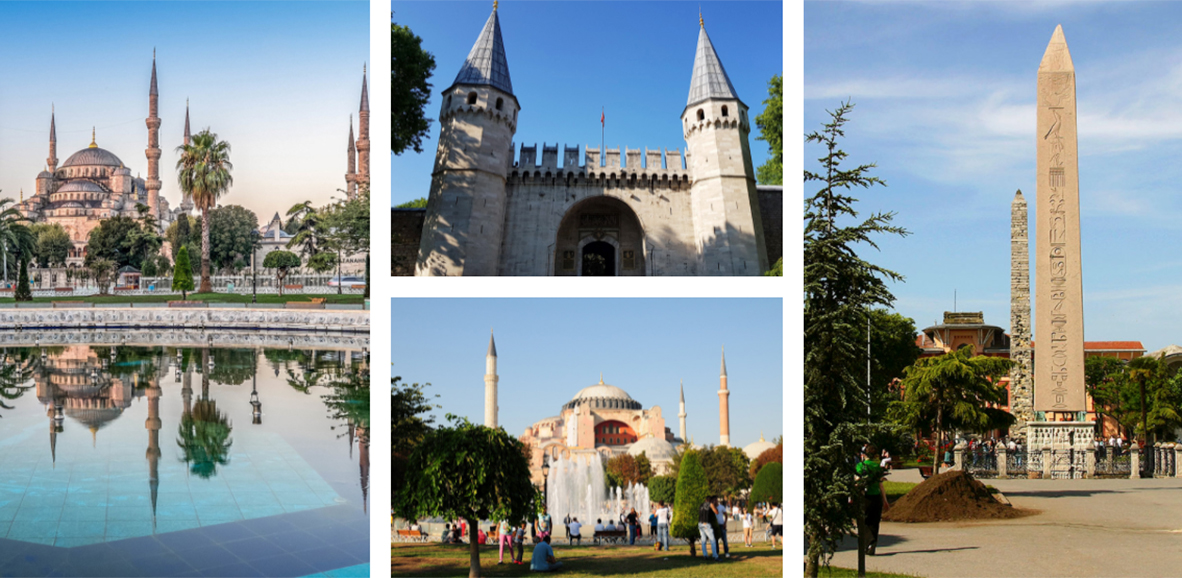The Hagia Sophia, also known as the Church of the Holy Wisdom or the Church of the Divine Wisdom, is an important Byzantine structure in Istanbul and one of the world’s greatest monuments. It was constructed as a Christian church during the reign of Byzantine emperor Justinian I (532–537).
It became a mosque, museum, and again a mosque in later centuries. The building reflects the religious changes that have occurred in the area throughout history, with Islamic minarets and inscriptions as well as lavish Christian mosaics.
The Hagia Sophia is a UNESCO World Heritage Site in Istanbul. It was for almost a millennium after its construction the greatest church in all of Christendom. It played an important role in Byzantine civilization and has given us many useful academic insights into the era. Sultan Mehmed II conquered Constantinople in 1453 and turned the structure into a mosque, after which it remained a mosque until being turned into a museum during the 1930s.
The majority of the current structure of the Hagia Sophia was built in the 6th century (especially between 532 and 537), during Byzantine Emperor Justinian I’s reign. Emperor Constantine I commissioned the original church on the site (known as Megale Ekklesia) in 325, which was burned down during a riot in 404, later rebuilt, and destroyed for good in 532 before Justinian began work on what is now known as the Hagia Sophia.
Mosaics were put up starting in the Byzantine period, and structural modifications took place throughout both Byzantine and Ottoman periods. Features essential to the Islamic architectural tradition were constructed during Ottoman ownership of the building.
You can get more information about the Hagia Sophia from here.



Comment (0)